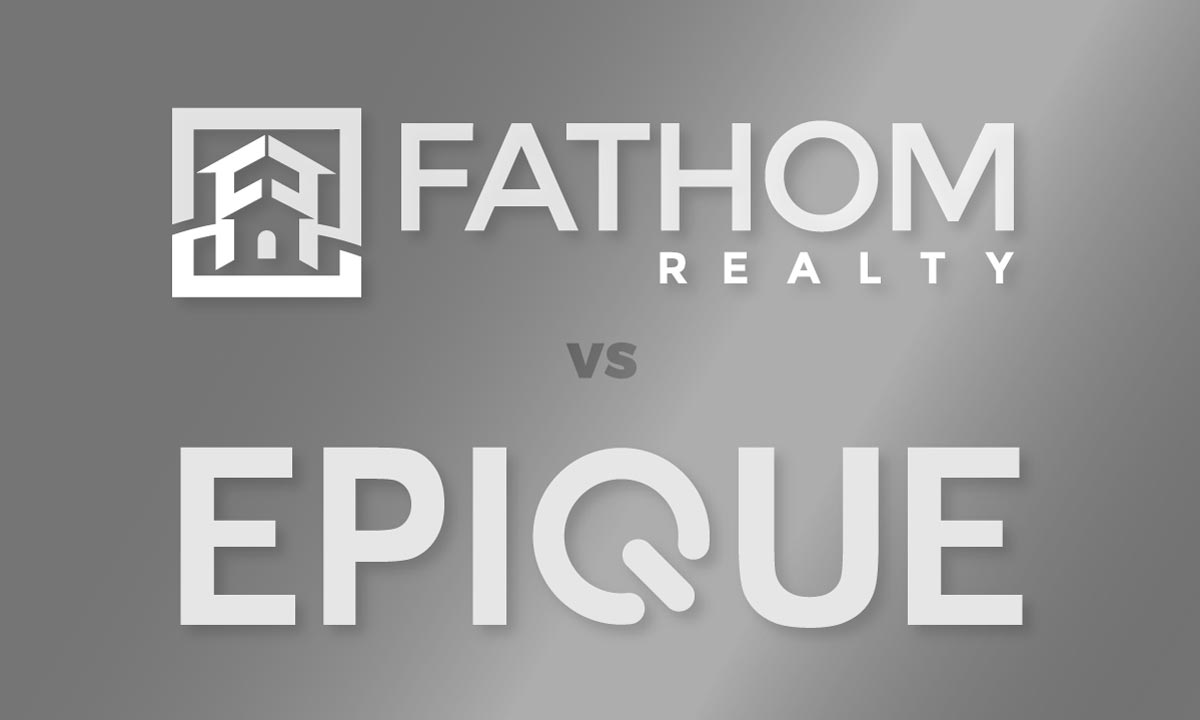A recent National Association of REALTORS® survey indicated that 26% of agents are on a team. Clearly, the landscape for teams is evolving. In a down market, many agents feel their business squeezed. As a result, they either leave the business or seek opportunities to join a team that offers mentorship, coaching, and leads to sustain their income.
Many agents ask me for advice on what the best team model is when they consider starting a team. Unfortunately, there is no straightforward answer. I start by asking, “what drives you?”. Success means something different for everyone, and it depends on what brings you the greatest satisfaction. Considering this, and based on my experience running a large successful real estate team and now coaching on the subject, I believe there are four types of teams… with many hybrids in between. The best model for you will match your goals and your “why”.
1. The Partnership Model
In the partnership model, two agents work together as a team. The benefits include encouragement, camaraderie, and accountability, which help your business thrive. The downside is when one partner generates more business, but both share the income equally. More often than not, this often leads to resentment and the partnership dissolving. Successful long-term partnerships usually involve agents with complementary skills. For example, one agent excels in sales and relationships, while the other has operational expertise.
2. The Fellowship Model
The fellowship model is built around a sense of community. Team members share an office, socialize, and motivate each other. This setup helps social agents feel connected and stay motivated. However, the fellowship model often results in lower splits for the team leader due to lower tangible value and therefore higher turnover when members question the value of their splits. The key to making this model successful is ensuring you provide a lot of value beyond just, well, fellowship.
3. The Mentorship Model
The mentorship model revolves around a highly successful team leader who trains and supports new or less-seasoned agents. These leaders find satisfaction in mentoring others. However, this model can lead to high turnover as well. Once agents feel they have learned enough to succeed on their own, they often move on, diminishing the team leader’s return on investment. The key to making this model successful is taking a hybrid approach by shifting agents from the mentor-mentee relationship into more of a Fellowship model once they’ve “graduated” the mentor portion of the relationship.
4. The Lead Generation Model
The lead generation model makes recruiting agents easier, and team leaders can charge far higher splits due to the leads they generate for their team members. This model is usually the most profitable when run properly. To do that, a lot of care must be taken to ensure expenses do not exceed a percentage of the revenues being generated. Agents tend to stay longer in teams that provide leads. The downside is the significant upfront cost for leads, which can take months to convert into sales. It can also be stressful if team members do not convert leads or fail to follow up. The key to making this model successful is ensuring you train your agents on how to manage and convert the leads they receive, and then hold them accountable.
Conclusion
Each real estate team model has its pros and cons, and no single team model suits everyone. Identifying the team model that fits you best and aligns with your goals will be crucial for building and growing a successful real estate team. If you have questions about building or starting a successful team, I’m happy to help. I know I am biased, but I believe there is no better place to build and run a team than at Fathom Realty. Our commission plans and revenue share supercharges your profitability, sustainability, and success in real estate.




